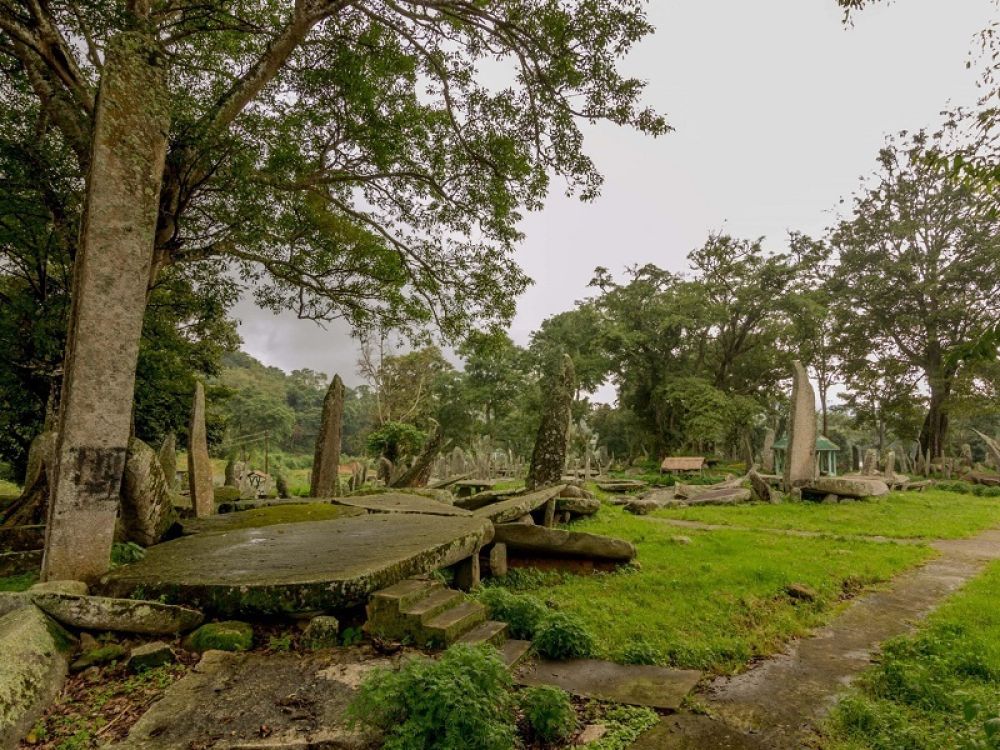

The ideal time to visit the Nartiang Monoliths in Jowai, Meghalaya, is during the post-monsoon and winter months, which span from late September to early April. This period is characterized by pleasant weather with minimal rainfall, thus allowing travelers to explore the site comfortably. September brings an end to the heavy monsoon rains, and the lush greenery of the region is at its peak, making it visually appealing. However, the most comfortable time weather-wise is likely to be between November and February, when the temperatures range from a cool 12°C to a mild 20°C.
During the winter months, the skies are usually clear offering unobstructed views of the surrounding Khasi Hills and in particular the majestic monoliths. The Nartiang Monoliths, which are a collection of megalithic structures, carry immense historical and cultural significance, playing an important role in the local festivities such as Behdeinkhlam, usually held in July. Although travelers miss this festival if they visit in the recommended window, they gain in comfort and accessibility. It's also important to note that the area becomes less crowded post the peak monsoon season, providing a more serene experience for visitors looking to absorb the spiritual and historical essence of the monoliths without the distraction of heavy tourist traffic.